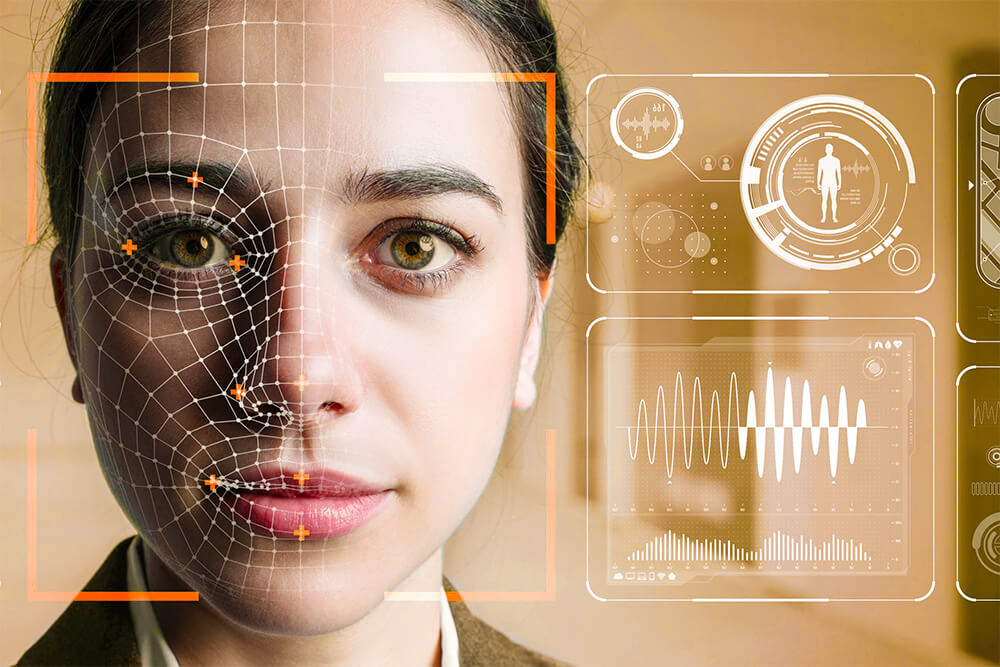Introduction:
In the domain of man-made brainpower (Artificial intelligence), the spotlight has for quite some time been on mental capacities — rationale, thinking, critical thinking. Nonetheless, the rise of Close to home computer based intelligence presents another aspect, one that looks to instill machines with the ability to see, comprehend, and answer human feelings. This article digs into the interesting universe of Close to home computer based intelligence, investigating its importance, difficulties, and likely applications
What is Emotional AI:
Emotional AI refers to technologies that use affective computing and artificial intelligence techniques to sense, learn about and interact with human emotional life. It involves the integration of various technologies such as natural language processing, computer vision, and machine learning algorithms to simulate and understand human emotions.
Understanding Emotional AI:
Emotional AI, sometimes called emotion AI, focuses on machines and systems recognizing, understanding, and reacting to human emotions. This enhances human-machine interactions and fosters natural and intuitive communication.. This involves understanding not only basic emotions like happiness, sadness, anger, and fear but also more complex emotional states such as empathy, compassion, and social awareness. Through advanced algorithms and data analysis, Emotional AI aims to discern emotional cues from various sources, including text, speech, facial expressions, and physiological signals.

Challenges in Emotional AI:
Despite significant advancements, Emotional AI faces several challenges. One major hurdle is the subjective and context-dependent nature of human emotions. Emotions can be expressed in nuanced ways, influenced by cultural, social, and individual factors, making it difficult for AI systems to accurately interpret them. Additionally, the lack of universally accepted standards for emotional representation poses a challenge in developing consistent and reliable Emotional AI models.
Ethical Considerations:
As Emotional AI becomes more pervasive in applications such as customer service, healthcare, and education, ethical concerns arise regarding privacy, consent, and manipulation. There are fears of emotional manipulation through targeted advertising or personalized content based on emotional profiling. Moreover, the potential for bias in Emotional AI algorithms raises concerns about fairness and equity, particularly in decision-making processes with significant societal impact.
Applications of Emotional AI:
Despite these challenges, Emotional AI holds immense potential across various domains:
Healthcare:
Emotional AI can assist in mental health diagnosis and treatment by analyzing speech patterns, facial expressions, and other physiological signals to detect signs of depression, anxiety, or other mood disorders.
Education:
AI-powered tutoring systems can adapt to students’ emotional states, providing personalized learning experiences and emotional support to enhance engagement and academic performance.
Customer Service:
Chat bots and virtual assistants equipped with Emotional AI can better understand and respond to customers’ emotions, leading to more empathetic and effective interactions.
Entertainment:
Emotional AI can enhance the gaming and entertainment industry by creating characters and narratives that dynamically respond to players’ emotions, offering immersive and emotionally engaging experiences.
Managing Emotional AI:
To harness the potential of Emotional AI responsibly, it is crucial to implement strategies for managing and mitigating risks:
Transparency:
Developers should be transparent about the capabilities and limitations of Emotional AI systems, ensuring users understand how their data is being used to infer emotional states.
Privacy Protection:
Robust privacy measures should be in place to safeguard users’ emotional data from unauthorized access or misuse, adhering to strict data protection regulations.

Bias Mitigation:
Developers must address biases in Emotional AI algorithms to ensure fairness and prevent discrimination, employing techniques such as data anonymization, bias detection, and algorithmic auditing.
Ethical Guidelines:
Industry-wide ethical guidelines and standards should be established to govern the development and deployment of Emotional AI, promoting responsible and ethical practices.
Conclusion:
Emotional AI represents a significant advancement in AI technology, with the potential to revolutionize various aspects of human-machine interaction. By understanding and managing the complexities of human emotions in AI systems, we can unlock new opportunities for innovation while ensuring ethical and responsible use. As Emotional AI continues to evolve, it is essential to prioritize transparency, privacy, and fairness to build trust and foster positive societal impact.


